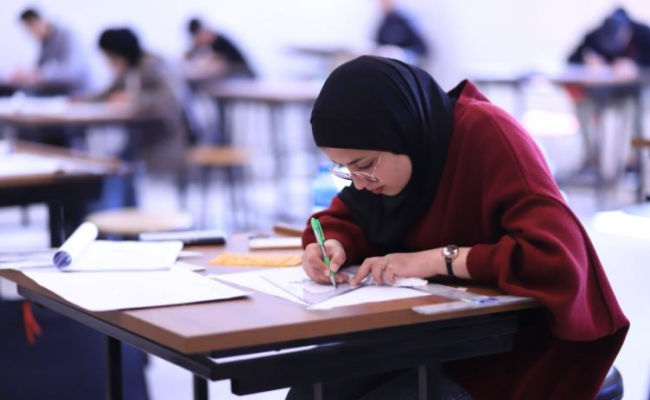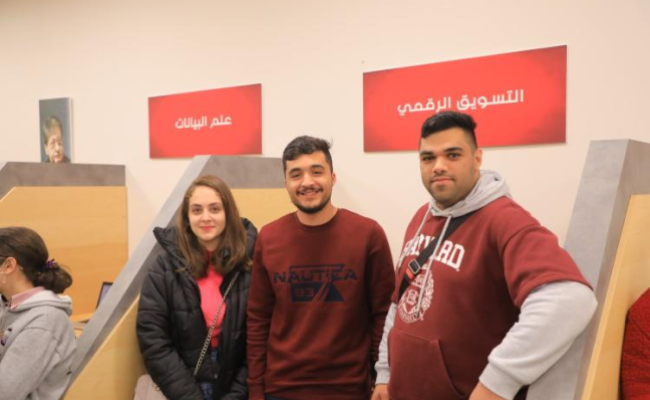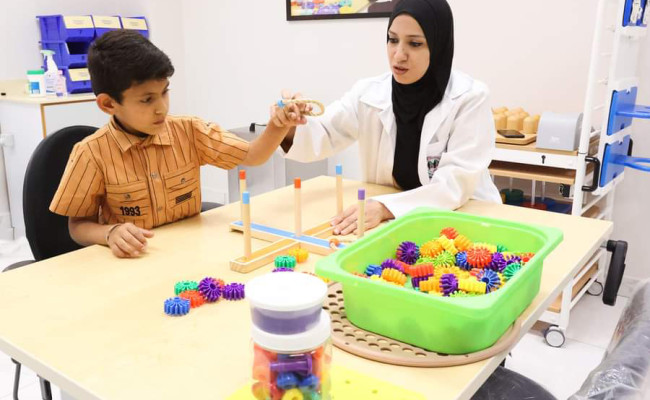Background: Recessive forms of megalencephalic leukoencephalopathy with subcortical cysts (MLC, OMIM 604004) is a rare
early-onset leukodystrophy that presents with macrocephaly, seizures, slowly progressive gross motor deterioration, and MRI evidence of diffuse symmetric white matter swelling and subcortical cysts in the anterior temporal and frontoparietal regions. Later in
the disease course, significant spasticity and ataxia develop, which may be accompanied by intellectual deterioration. This disease is
caused mostly by biallelic pathogenic variants in the MLC1 gene.
Methods: In this study, we analysed the clinical and molecular architecture of 6 individuals, belonging to 4 unrelated consanguineous Palestinian families, presenting with consistent MLC features. We sequenced the entire coding and flanking intronic
regions of the MLC1 gene.
Results: In all recruited individuals, we detected one recurrent homozygous splice donor mutation NM_015166.4: c.423 + 1G
A. All parents were heterozygous carriers. The mutation abolishes a highly conserved splice site in humans and other species.
In silico splice predictors suggested the loss of a canonical splice donor site (CADD score 33.0. SpliceAI: 0.980). The c.423 + 1G
A variant is rare; it was detected in only 4 heterozygous carriers in gnomAD.
Conclusion: In this study, we identified a recurrent MLC1 variant (c.423 + 1G A) as the cause of MLC among a group of
Palestinian patients originating from a particular region of the country. Cost-effective studies should be performed to evaluate
the implementation of carrier screening in adults originating from this region. Our findings have the potential to contribute to
improved genetic diagnosis and carrier testing for individuals within this population and the wider community.
2022 Published by Elsevier B.V. on behalf of The Japanese Society of Child Neurology. All rights reserved
Authors
Reham Khalaf-Nazzal a
⇑
1
Imad Dweikat a
Mosab Maree b
Maysa Alawneh b
Myassar Barahmeh c
Rasha T. Doulani d
Mohammad Qrareya d
Mohammad Qadi c
Anwar Dudin
Pages From
454
Pages To
461
ISSN
0387-7604
Journal Name
Brain and Development
Volume
44
Issue
7
Keywords
Autosomal recessive; Developmental regression; Megalencephalic leukoencephalopathy with subcortical cysts; Seizure; Splice donor mutation.
Abstract






